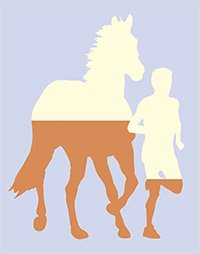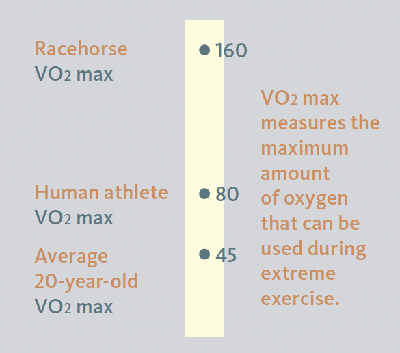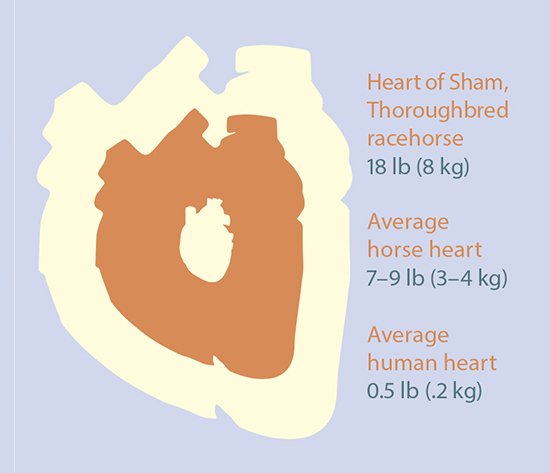Born to Run
Churchill Downs in Louisville, Kentucky (US), is home of the famous Kentucky Derby. Beneath the twin spires of this historic track, crowds have cheered for young Thoroughbreds such as Secretariat, Justify, American Pharoah, and, most recently, Rich Strike.
Horses love to run. While they can’t run forever, what fans witness at the racetrack is a creature that expresses more than just beauty. It also displays God-given endurance and strength. The book of Job reminds us why these animals are so magnificent. Here God asks, “Do you give the horse his might? . . . He paws in the valley and exults in his strength. . . . With fierceness and rage he swallows the ground; he cannot stand still at the sound of the trumpet
” (Job 39:19–24).

Jockey Oliver Lewis and colt Aristides won the first Kentucky Derby in 1875. They completed the then-1.5-mile (2.4 km) race in 2 minutes and 37 seconds.
Today’s winners of the 1.25-mile (2 km) Kentucky Derby complete the race with winning times around 2 minutes and average speed of 37.5 mph (60 kph).
Top human athletes run the 800 meter dash in 1 minute 45 seconds with an average speed of 17 mph (27 kph).
Systems for Speed

A racehorse is over 50% muscle mass. An average man has a muscle mass of 33–39%.
Muscles
Horses have 700 muscles. The body calls upon many of these muscles as launching from a standstill to a full gallop requires considerable and constant power. Horse leg muscles were designed to both extend and retract, resulting in smooth, even movements. These muscles rely heavily on sufficient blood flow to provide that power.
Coolant System
A horse’s skin system regulates its body temperature, primarily by sweating. Races may not last long, but within seconds of leaving the gate, horses already need to cool down. The sweat glands in the body produce sweat that covers a horse’s exterior, which is then cooled naturally in the wind.

Lungs
During a race, horses must inhale a lot of oxygen through their nostrils. As the horse inhales, his lungs expand and oxygenate his bloodstream, increasing performance as blood invigorates the horse’s muscles.

Circulatory System

Horses have large hearts to circulate the immense volume of oxygen-carrying blood.
Because racing requires a constant increase in speed, blood must circulate quickly throughout a vast network of arteries and veins. Blood enters and leaves the heart faster and faster as the horse’s jockey urges him on.

Horses inhale and exhale with their stride. As they become oxygen deficient, they must shorten their stride and breathe more often. A Thoroughbred’s peak heart rate at racing performance can reach up to 240 beats per minute. An average marathon athlete is about 160 bpm.
Truly, a horse’s beauty, endurance, and power come from our beautiful, enduring, and powerful Creator.
Answers Magazine
October–December 2022
San Andreas earthquakes—when is the big one coming?
Browse IssueRecommended Resources

Answers in Genesis is an apologetics ministry, dedicated to helping Christians defend their faith and proclaim the good news of Jesus Christ.
- Customer Service 800.778.3390
- Available Monday–Friday | 9 AM–5 PM ET
- © 2025 Answers in Genesis





